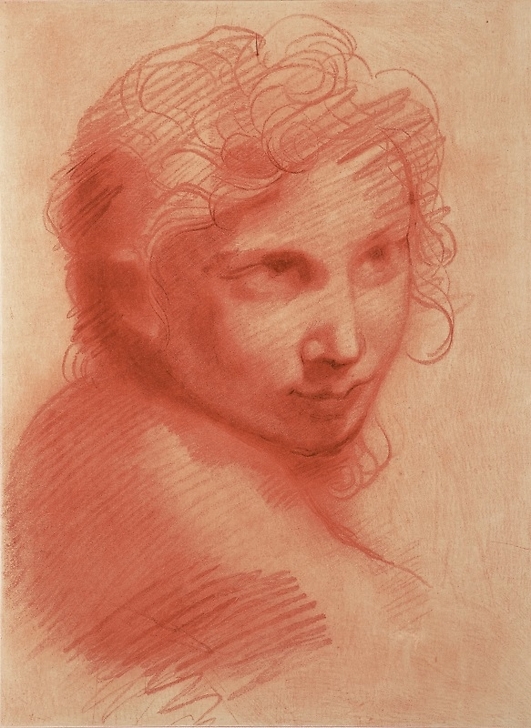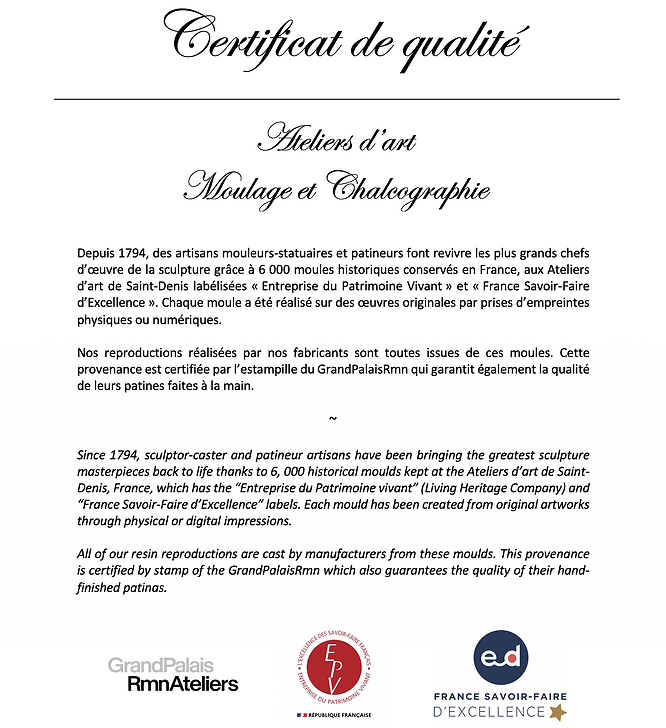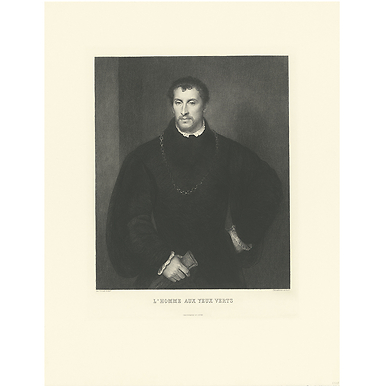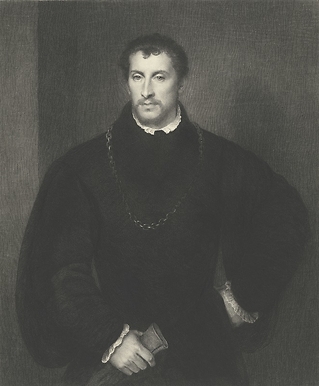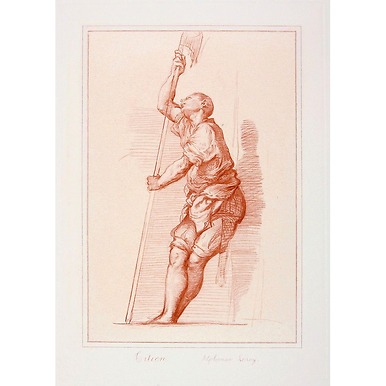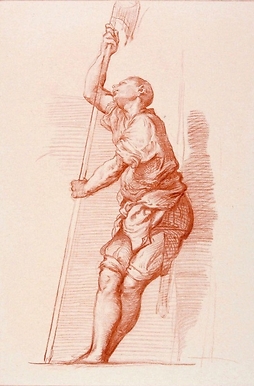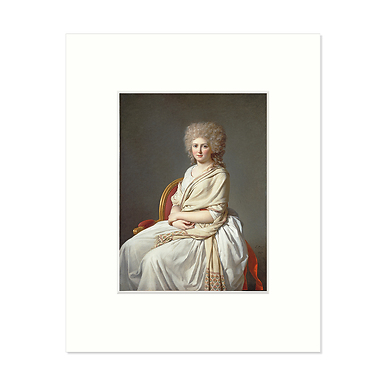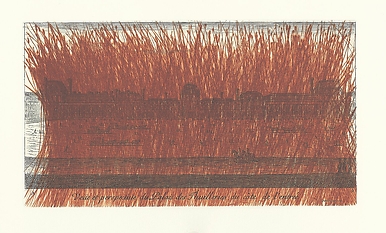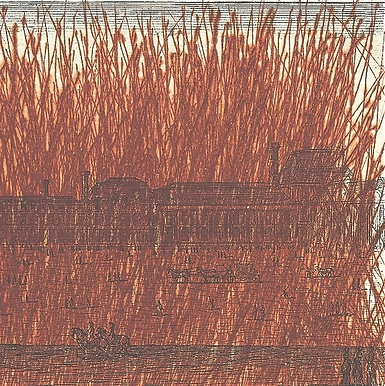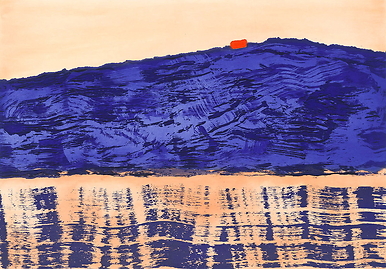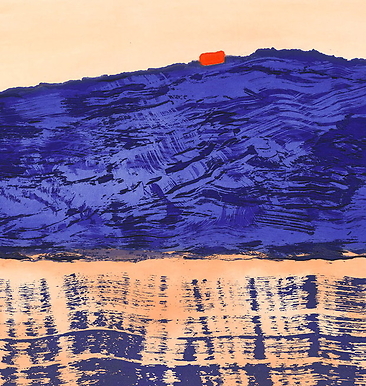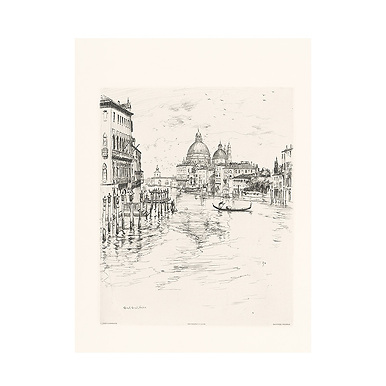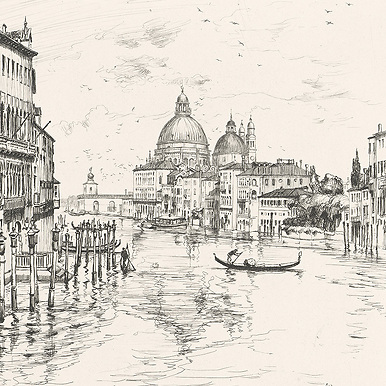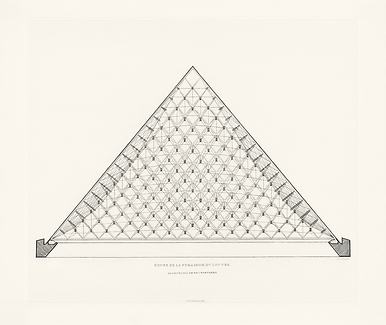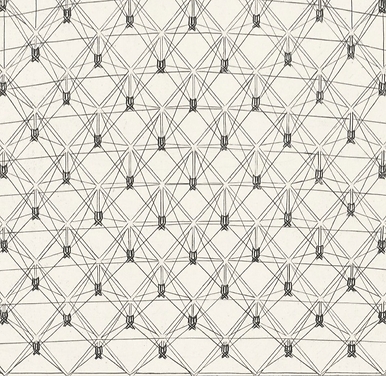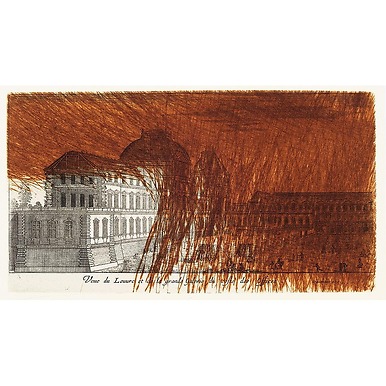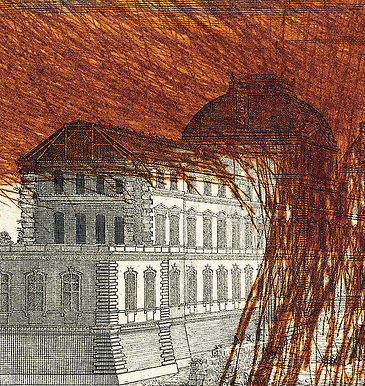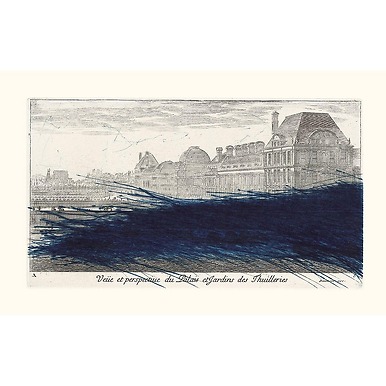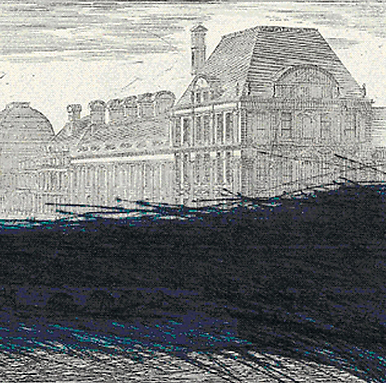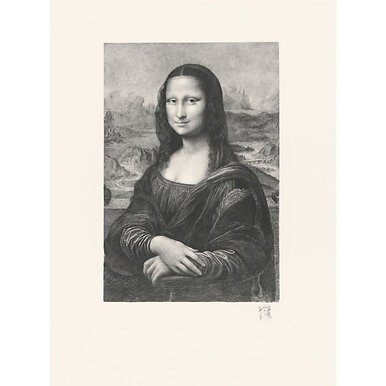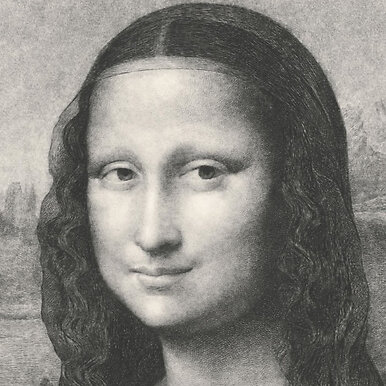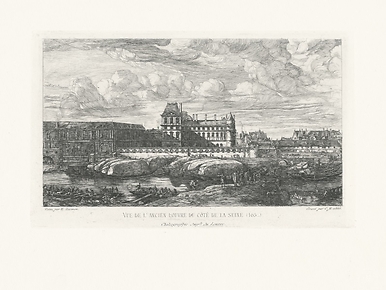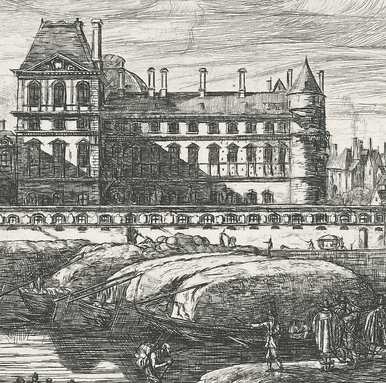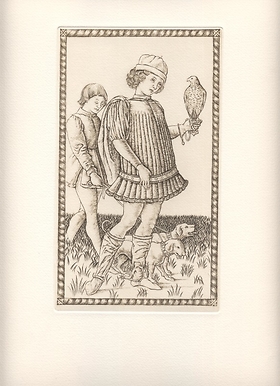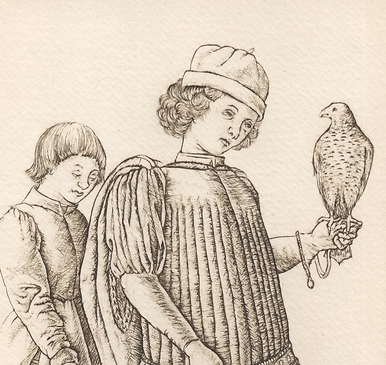Engraving Young man's head - Michelangelo Anselmi
KM000004
Modern print printed from the original plate of the Chalcographie du Louvre on Japanese paper.
This engraving printed in blood ink is a young man's face sketch probably belonging to a religious composition of the artist. The engraver has perfectly succeeded in restoring the finesse, the "sfumato" and...
Read more
Modern print printed from the original plate of the Chalcographie du Louvre on Japanese paper.
This engraving printed in blood ink is a young man's face sketch probably belonging to a religious composition of the artist. The engraver has perfectly succeeded in restoring the finesse, the "sfumato" and the youthfulness of this face.
In the 19th century, the Louvre Museum asked Alphonse Alexandre Leroy, engraver, to reproduce in facsimile drawings from the Louvre's collections and private collections published by the artist himself, in albums, between 1860 and 1880.
Aquatint, soft varnish or pencil style, roller, etching, etching, chisel, Leroy used mixed etching techniques, seeking above all the effect produced by the ink on paper. The cuts, grooves and grains engraved in the steel plate reveal the fluidity, roundness, firmness, sfumato to copy the original design as accurately as possible.
The Chalcography of the Louvre has a large number of its plates and thus responds to its vocation to offer a wide public the privilege of one day owning a quality replica of drawings chosen among the greatest artists of all time, let us only mention: Raphael, Corrège, Veronese, Titian ...Drawing lesson for the new generations, work of art offered to all.
Long attributed to Corrège, this work was recently returned to Michelangelo Anselmi. Sienese, he lived mainly in Parma where he became the disciple of Correggio. Evolving in the Mannerist artistic circles, he took advantage of the influences of Parmesan and Beccafumi.
Close
Sold by GrandPalaisRmn

